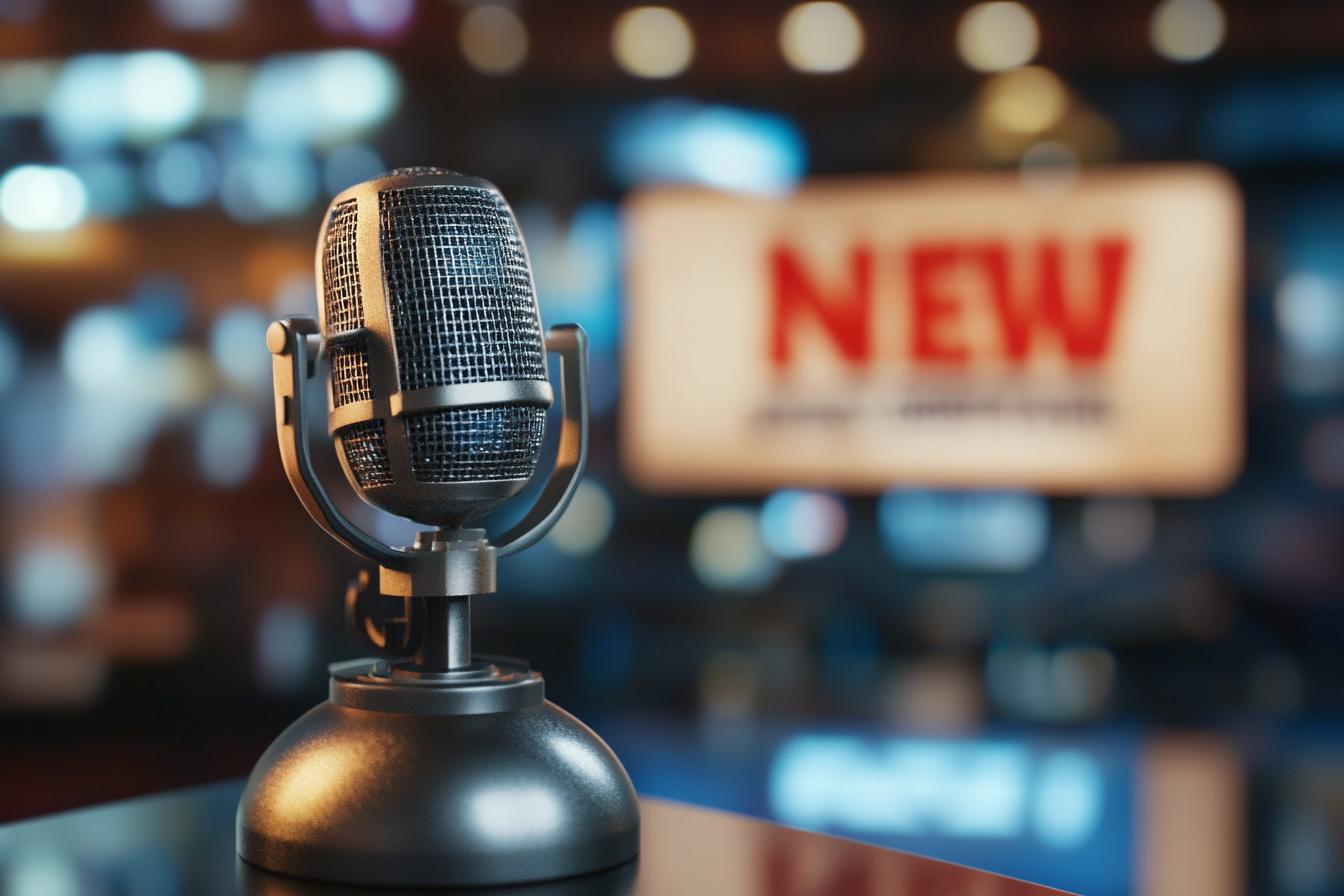Radio continues to be a powerful medium for reaching a large audience, even in the digital age. Its unique ability to connect with listeners on a personal level through sound and storytelling remains unmatched. Radio stations can cater to diverse interests and demographics, offering everything from news and talk to music and entertainment. While streaming services have become increasingly popular, radio still holds a special place in many listeners’ hearts. Have you ever found yourself humming along to a catchy tune you heard on the radio, or feeling a sense of community listening to a beloved radio host? Those moments are a testament to the enduring power of radio.
Looking ahead, the radio industry is embracing new technologies to enhance the listening experience. From interactive features to personalized recommendations, radio stations are finding innovative ways to engage with listeners. For example, some stations are integrating social media into their broadcasts, allowing listeners to connect with each other and the DJs. Others are experimenting with augmented reality, bringing the radio experience to life in new and exciting ways. The future of radio is bright, as it continues to evolve and adapt to meet the changing needs of its audience.

Rock News Networks
1. Rock News Networks Music Industry News Outlets
Rock News Networks (RNN) provides a comprehensive and engaging platform for music industry news and information. RNN covers a wide range of topics, from album releases and tour announcements to industry trends and behind-the-scenes insights. They deliver news, interviews, and reviews from the rock and metal scene, with a focus on independent artists and emerging talent. RNN keeps its audience updated on the latest happenings in the music industry while providing a space for fans to connect and share their passion for rock music.
RNN features a team of experienced music journalists and contributors who bring a diverse perspective to their reporting. They provide in-depth coverage of major events, like festivals and awards shows, as well as insightful analysis of industry trends and developments. RNN also offers a platform for artists to promote their music and connect with fans. Through its website, social media channels, and podcasts, RNN fosters a vibrant and engaged community of rock music enthusiasts.
2. Coverage of Rock Bands and Artists
Rock news networks play a crucial role in keeping fans informed about their favorite bands and artists. They provide comprehensive coverage of new releases, upcoming tours, and behind-the-scenes stories. This coverage extends beyond simple announcements; it delves into the creative process, the band’s influences, and their personal journeys. Rock news networks also offer insightful reviews of albums, concerts, and music videos, allowing fans to make informed decisions about what to listen to and experience.
In addition to covering established acts, rock news networks also shine a light on emerging artists. This exposure provides a platform for these musicians to gain recognition and build a following. Furthermore, rock news networks often participate in interviews with band members, allowing fans to gain a deeper understanding of their music and personalities. These interviews often uncover fascinating insights into the creative process and the challenges faced by musicians in the industry.
3. Reviews of Albums and Concerts
Dive into the world of music with our comprehensive album and concert reviews! Our team of passionate music writers share their insights and perspectives on the latest releases and live performances. We explore the sonic landscapes, lyrical themes, and overall impact of new albums, providing you with a detailed understanding of what makes them tick. Whether you’re a seasoned music aficionado or just starting to explore new genres, our reviews offer a valuable guide to discovering your next musical obsession.
Beyond the studio, we capture the electrifying energy and raw emotion of live concerts. Our concert reviews transport you to the heart of the action, describing the atmosphere, the setlist, and the overall performance. We highlight the musicians’ skills, the stage presence, and the connection they create with the audience. This way, you can experience the thrill of a concert from the comfort of your own home.
4. Interviews with Rock Musicians
Interviews with rock musicians offer a unique window into the creative process and personal journeys of some of the world’s most influential artists. These conversations provide insights into the inspirations behind their music, the challenges they face, and the evolution of their craft. From legendary figures who have shaped the genre to emerging talent making their mark, interviews with rock musicians offer a captivating blend of music, personality, and storytelling.
These interviews can range from intimate discussions about songwriting and musical influences to discussions about the industry, social issues, and personal experiences. By listening to these conversations, fans can gain a deeper understanding of the artists they admire, learning about their creative processes, personal struggles, and the impact their music has on the world. Whether it’s a seasoned veteran sharing their wisdom or a rising star revealing their aspirations, interviews with rock musicians offer a valuable connection between artists and their audience.
5. Industry Trends and Developments
The rock music industry is constantly evolving, with new trends and developments emerging all the time. Streaming services continue to dominate music consumption, offering fans access to an immense library of songs and artists at their fingertips. This shift has significantly impacted how artists earn income and how labels operate, leading to new business models and revenue streams. Alongside streaming, independent artists are finding success through social media platforms like TikTok and Instagram, using these platforms to connect with fans and build a dedicated following.
In addition to the digital landscape, live music experiences remain a vital part of the rock music scene. While the pandemic caused a temporary pause in live events, the return of concerts and festivals has been met with enthusiasm, demonstrating the power of shared musical experiences. This resurgence has led to innovative formats for live shows, with hybrid online and in-person events gaining popularity. The music industry is adapting to the changing times, embracing new technologies and formats while maintaining the core values of creativity and community that have always defined rock music.
6. Fan Community and Engagement
Fan communities play a vital role in the success of rock music. These communities provide a space for fans to connect, share their passion, and engage with artists and fellow enthusiasts. Social media platforms, online forums, and dedicated websites offer avenues for fans to discuss favorite bands, share concert experiences, and even create their own content. This vibrant online ecosystem fosters a sense of belonging, amplifies the reach of artists, and creates opportunities for fans to actively participate in the rock music scene.
Beyond online platforms, fan communities extend to live events. Rock concerts are not just performances but shared experiences that strengthen the bond between artists and fans. The energy and enthusiasm of a live audience contribute to the magic of a concert, creating a collective experience that resonates long after the last note fades. This shared passion fuels a strong sense of community and keeps rock music alive and thriving.
Conclusions
So, there you have it! Radio stations are more than just music playing in the background. They’re actually a vital part of the rock music scene, acting like a bridge between musicians and fans. They keep you updated on the latest rock news, give you the inside scoop on your favorite bands, and let you hear fresh music before anyone else. They also help rock fans connect with each other through contests, live events, and online communities.
Whether you’re a die-hard rock fan or just starting to explore the genre, tuning into a rock radio station is a great way to stay informed and entertained. So crank up the volume, and get ready to rock out!


















